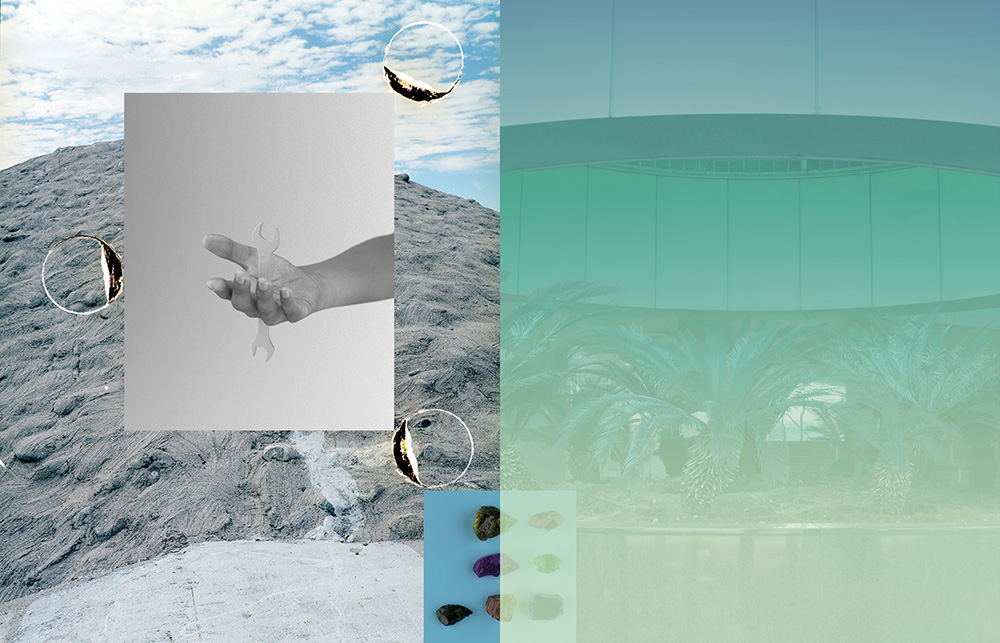
Everything is Collective is a trio of artists, Aaron Hegert, Zachary Norman, and Jason Lukas, who together create collaborative images, books, and exhibitions. The pillar of their practice is an ongoing self-published book series, Deliberate Operations, which presents collections of images that are ping-ponged back and forth between the three to create shared theoretical and visual responses to a range of issues within the context of digital experience.
EIC operates as something of a three-person band, one in which all members play all the instruments, and the resulting works make impossible the task of assigning credit of labor or ideas to any single person. And it’s this that makes the emergence of Everything is Collective a unique and refreshing circumstance in a photography community, and an art world, in which rabid individualism is nearly always the highest order of value. The collective vision of EIC produces works that are preternaturally complex knots to untie; rectangles of critical mass, tangled in a confluence of three singular artistic visions coalesced into one that challenges, invents, critiques, and delights all at once. It’s a fair question to wonder why there aren’t more collaborative groups like EIC, and/or what conditions are needed to foster more collaborate attitudes in the larger photography community. (The only example I can think of in recent memory is the delightfully creepy No Joke collaboration between Roger Ballen and Asger Carlsen.) But this is a question to save for another day.
The following exchange with EIC, who opted to respond as a singular voice, took place over email throughout the first half of this year. We discussed the nature of their collaboration and the ideas they explore in their latest volume of Deliberate Operations, No Analog State.
————————
Gregory Eddi Jones: To start, can you talk about how the three of you met, and what led to you forming EIC?
Everything is Collective: The collective actually started as a 3-person show and then evolved. We were all studying at Indiana University and we wanted a project to work on over the summer so we booked a show at this very cool gallery that Jacob Riddle and some others used to run in Cincinnati called 3rd Party. The initial idea was that we would all show our individual work and then also collaborate on one piece, but once we got started on the collaborative work the idea started growing and growing until it became clear that the whole show would be a collaborative work. The show and the project were eventually called Everything is Anything Else, it’s still up on our website and it involves a set of 10 final works and a large archive of images that show the genesis and evolution of those works.
When that project was complete we looked back on it and felt like the process we had developed was really relevant to the contemporary scene and that we only scratched the surface of what could be accomplished by working as a collective. In the weeks after that first show, we rented an old church on the outskirts of Bloomington to be our studio and made the first issue of Deliberate Operations. We have been working together ever since and the ideas, processes, and materials we work with are constantly evolving. There’s no end in sight.
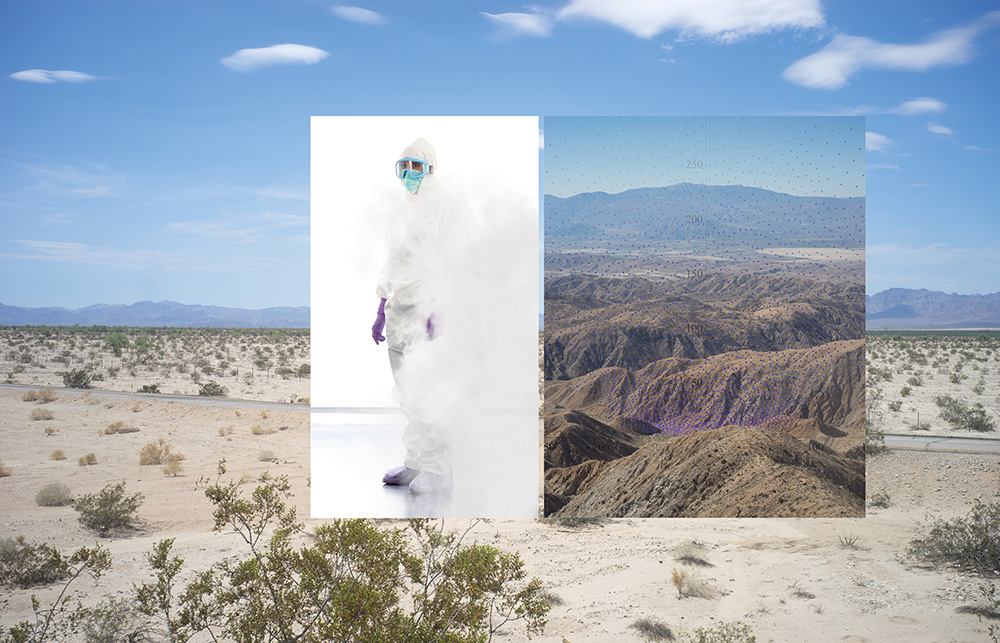
gj. So I’m curious to dig deeper into the dynamics of each of you three working together. What were the early conversations and considerations you had when you decided to produce the first Deliberate Operations book? Were there specific thematic ideas or philosophies you all decided to adhere to? Were there parameters you set or was it more of an “anything goes” deliberation?
EIC. In many ways, its anything goes, but because of the process we put our collaboration through it all goes in the same direction. The thematic ideas that guide the way are more like search terms that will help build an aesthetic and concept for the book, but rather than deciding on a theme and narrowing in on it, we prefer to decide on a theme and expand. It goes like this-
Deliberate Operations has a pretty loose structure that typically involves a lot of conversation and exchange in the lead up to actually making the book. We put them out about once a year, and the last two issues each spent about 11 months in the research and development phase before being finished off in a flurry of activity. Each issue does have a unifying theme, or themes really, but that theme usually looks more like a web of entangled ideas and concepts, all of which are relevant to each other, but none of which is the central concern.
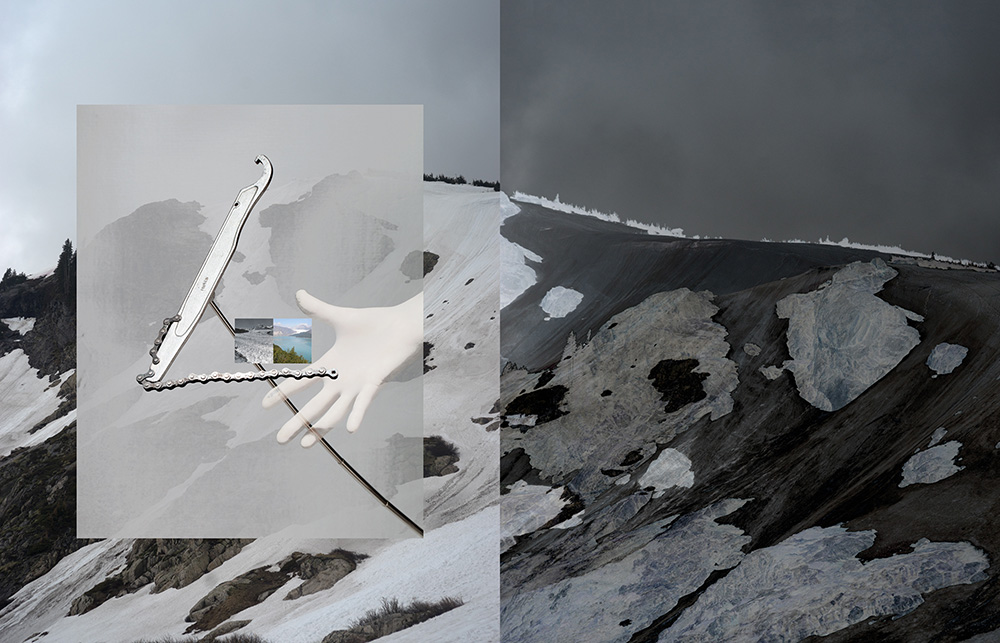
EIC, cont. It works like this– we start off with a blog for images and a Doc for texts. We all add readings, links, and images (appropriated and original) to those shared spaces. We play off each other, responding to each thing that gets posted, letting the ideas accumulate and take shape for quite some time. When we get to the point where we have a substantial amount of information and directions to follow we start making the spreads that will eventually make up the book. That part of the process involves a different level of collaboration– as each of us designs spreads and layouts or individual images we upload them to a shared folder where the other members can download them, change them, and then upload them again.
Anything you see in a copy of Deliberate Operations probably exists in 3 or 4 iterations, and the one that gets published is just whichever version the group finds the most relevant, attractive, or whatever at the time it goes to press. The first issue was no different, except that the archive of material we worked with was the left-overs from a previous project. After we finished Everything Is Anything Else, we looked at all the stuff that didn’t make the final cut, and a lot of it was pointing at things like camouflage, disappearance, obliteration, and deceit. So we took that backlog of images and added to it. At about the same time, and somewhat serendipitously, we found an old U.S. Army field guide called Deliberate Smoke Operations. This field guide was about how to use smoke machines to hide troop movements and confuse or obfuscate your enemy’s vision. We borrowed some of the images, the structure of the book, and the title for the first issue (though with the word smoke redacted).
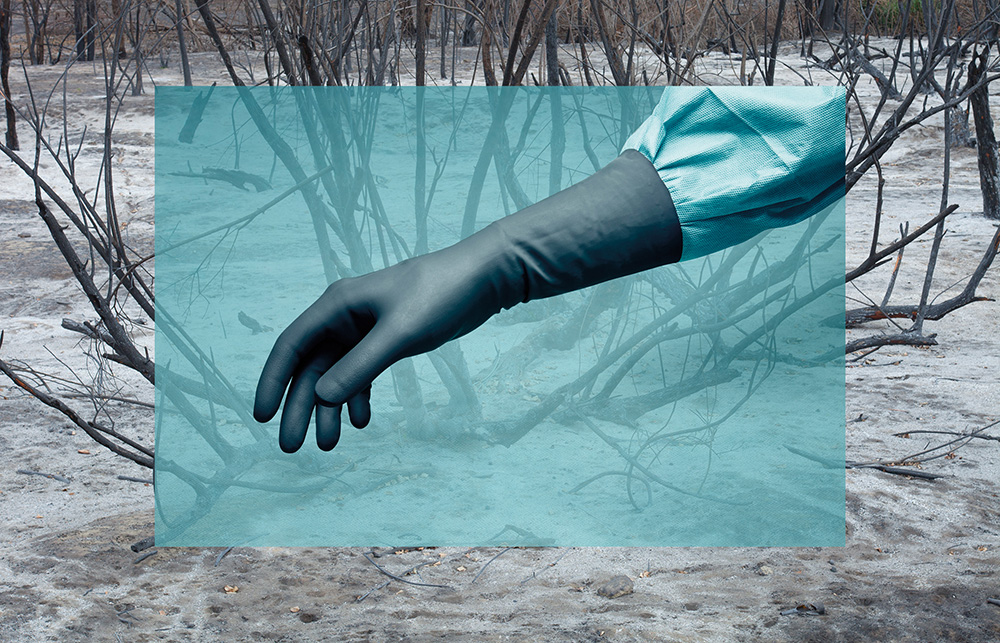
“We…think of our collaboration as a micro model of social and political ideologies like anarchy, non-hierarchical thinking, and total liberationism.”
gj. That idea of obfuscation and camouflage is interesting to me because in a sense that is what occurs to the authorship of each of you as individuals, as when the final conglomeration is created it’s fully unclear what contributions any of you singularly have made.
In your newest iteration of Deliberate Operations, No Analog State, there are many ideas and visual motifs at play. Again and again, geology is referenced: rock and boulder surfaces with considerable textures that are made flat on the picture plane. There is an ongoing presence of mechanical tools and themes of scientific and clinical measurements. Nearly all the imagery is seen within the context of the natural world, and natural scenes are often occupied by overpowering digital interventions. There’s nature and our control of it within a context of digital life. You bring to the surface the functions of images and how they are easily manipulated; perhaps in relation to the egregious interventions we enact in the natural world?
So I can see the entanglement of ideas that you have spoken to. As you mentioned your process of sharing resources, images, and readings, can you share some of the more direct influences that have shaped your methodologies, aesthetics, and image-making philosophies? Do you see yourself participating actively in larger artistic or humanistic conversations? Do you ever find yourselves working in direct response to certain issues in or outside the realm of art?
EIC: Trying to answer this question got complicated for us. Our work always has humanist concerns, ut we don’t tend to approach them one at a time the way someone working in a more documentary/activist capacity might. We usually have a cloud of concerns (a fog might be an even better analogy) that we think about while we work together, and rather than trying to simplify our concepts or make them more applicable or didactic, we tend to try and reflect a very large portion of the environment and culture that our work comes out of.
So, the short answer is yes, much of our recent work addresses issues of environmentalism and anthropogenic climate change as they result from the omnicidal nature of capitalism. We also often think of our collaboration as a micro model of social and political ideologies like anarchy, non-hierarchical thinking, and total liberationism.
But there is also a heavily self-reflexive aspect to what we do, and we think just as much about what we are trying to say as what we are trying to say it with. Even though the Deliberate Operations series is distributed as a book, there is no way around the very digital nature of the images contained within it. The book contains many appropriated images as well as many original ones, and the way all those images are mixed together, reproduced, manipulated, contextualized and distributed is meant to call attention to the nature of digital images and the uncertain or unstable meanings and messages they carry.
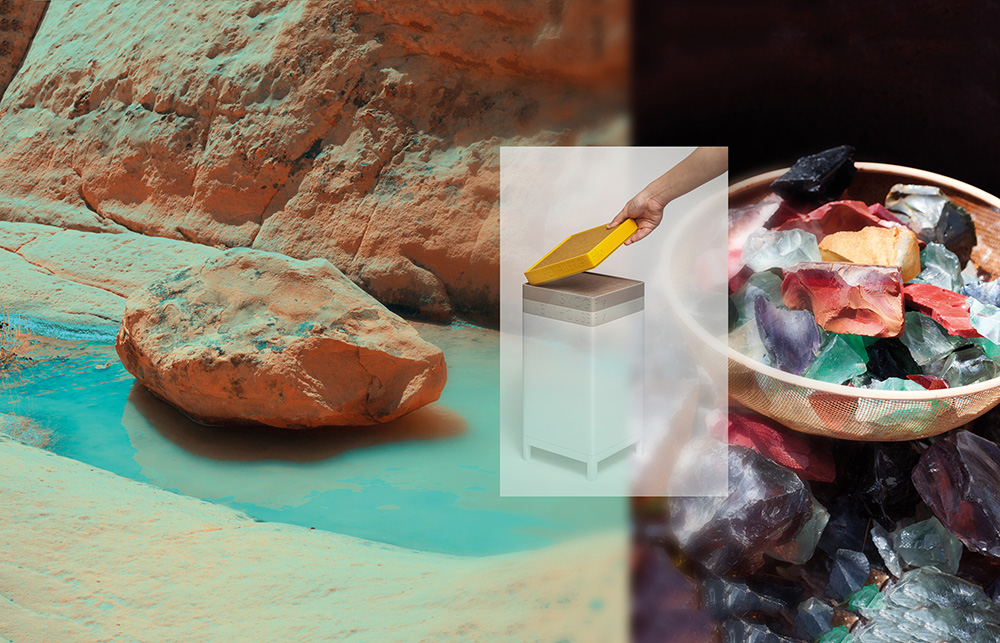
“You could also look at [Delibrate Operations] as a kind of post-apocalyptic field manual, something to reference when the network breaks down and the global climate catastrophe we imagine in the book finally comes true.”
gj. Going off what you mention on the self-reflective aspect of your work and the nature of the work, it seems a little ironic to me that No Analog State is presented as a physical analog book. The framework of the presentation of the work almost contradicts the sphere of experience the work alludes to, this distance to the tactile that digital culture extends. Was the physical formatting of the book a consideration you took into account? Or is this another play on the contradiction that defines a lot of the imagery in the project?
EIC. Those ironies and contradictions are definitely not lost on us. The physical book form is, in a way, unnecessary or redundant, but in another way, that redundancy exaggerates and reinforces the extremely digital nature of the images, as well as their lost origins and overall malleability. You could also look at it as a kind of post-apocalyptic field manual, something to reference when the network breaks down and the global climate catastrophe we imagine in the book finally comes true. And in fact, the whole Deliberate Operations series is based on an actual military field manual. We borrowed a lot of design elements— the spiral bind, fonts, durable paper stock, even the “Victory Starts Here” sign off— from an old Army field manual we had on the bookshelf of our first studio. It’s also worth saying that we don’t see the book as the ultimate manifestation of the work. The work has multiple manifestations (the video walkthrough, exhibitions, online content…) and they all give a different perspective on the content and concept. Finally, we find that self-publishing books represents a more egalitarian model of the art world. You can make a book about anything you want, and in doing so you can sidestep the commercial galleries, big institutions, and traditional publishers. The socio-economic-racial-
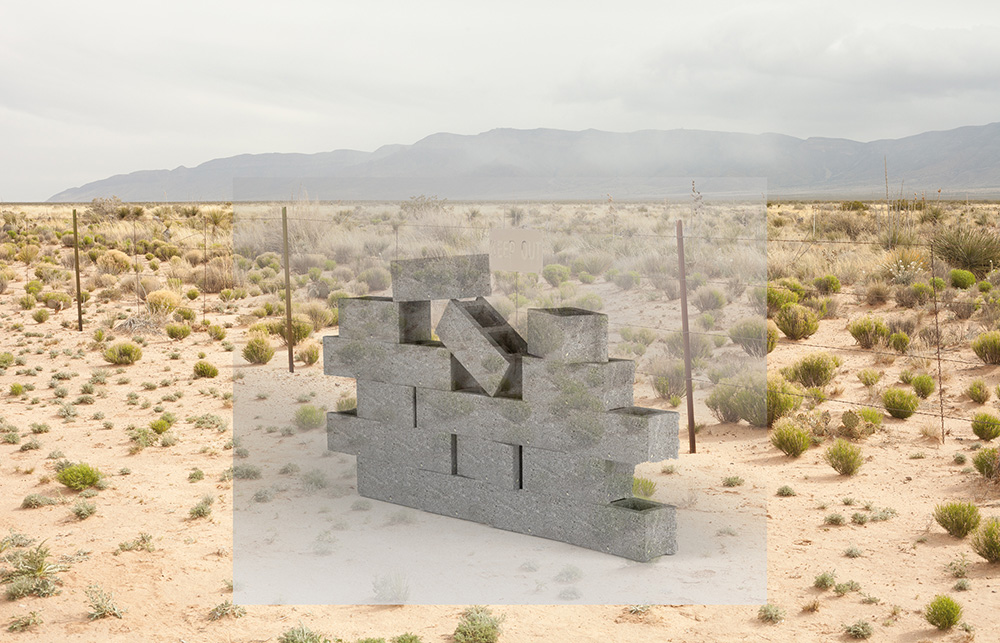
gj. So what’s coming up next? Have you begun discussions on the next Deliberate Operations book?
EIC. The next issue of Deliberate Operations is underway and taking new directions, and while we are not currently at liberty to discuss its content, we expect to release it in October at the Detroit Art Book Fair. In the meantime we have a few other projects and publications coming out soon and anyone wanting to keep up with that can follow us @everythingiscollective. Besides that we are always looking for new projects and collaborations to get involved with, so anyone out there reading this should feel free to get in touch.
Click here to buy a copy of Deliberate Operations 4: No Analog State.
________________
Bio
Everything Is Collective (E.I.C.) is an ongoing collaboration between three artists: Jason Lukas, Zachary Norman, and Aaron Hegert. Since 2013 the group has worked together on numerous exhibitions, publications, and web-based projects, all of which address contemporary issues in photography and image making. Our practice is truly collaborative, and all the works we create are attributed to the group as a whole. Because of the special nature of this collaboration, our projects do not conform to the traditional structures that photographic work often fits into, nor can our concepts be easily explained by a simple thematic text. We treat our collaboration as a microcosm, a space where the most contentious and exciting subjects in contemporary photography, art, and culture at large can be stripped away from the Grand Narratives to which they have been assigned, and be explored in a more intentional, devious, and uncompromising way.
______________________
Stay connected with In the In-Between
_____________________________
Submit your work















